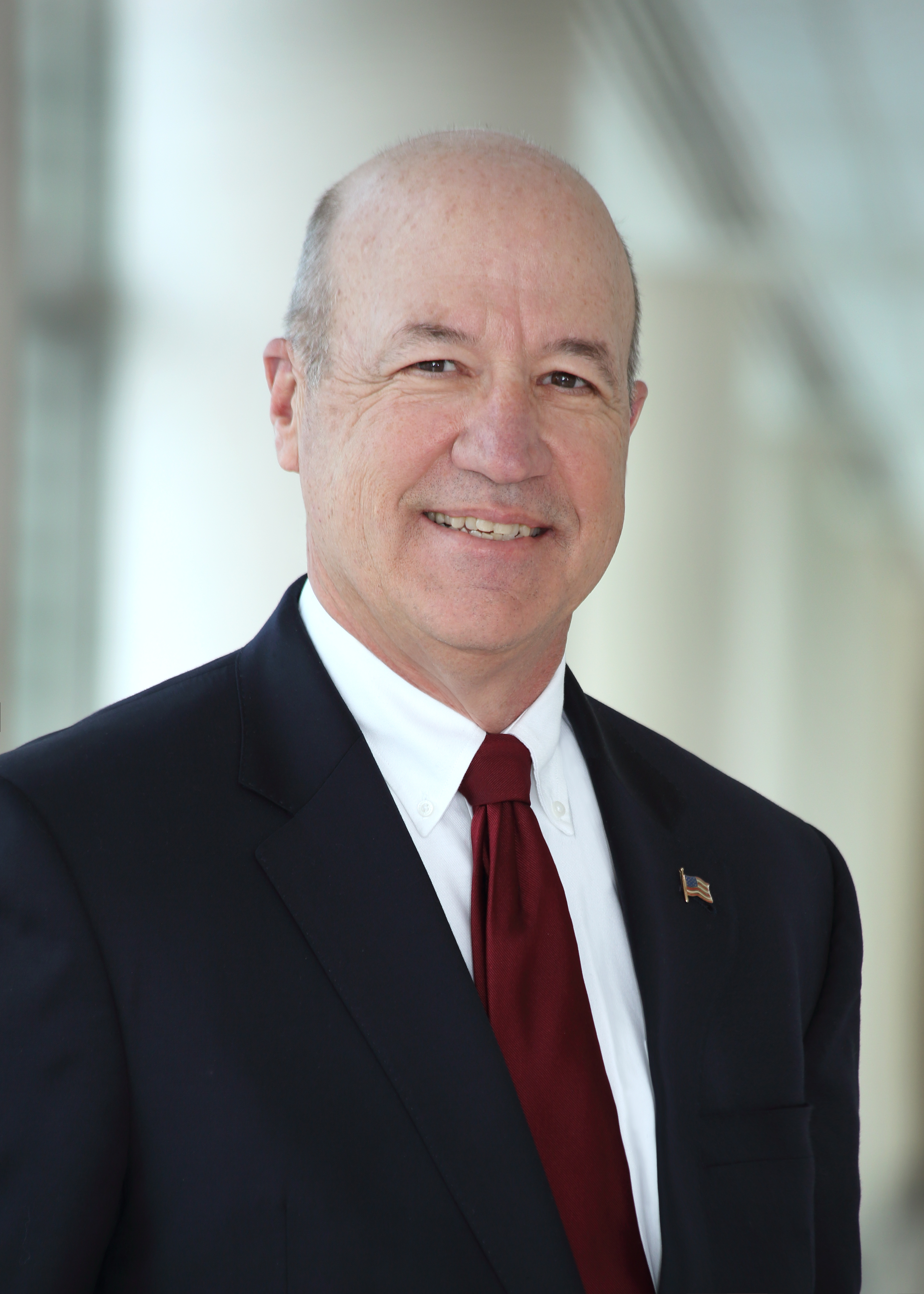Content on this webpage is provided for historical information about the NIH Clinical Center. Content is not updated after the listed publication date and may include information about programs or activities that have since been discontinued.
The third in a series on the future of work at the NIH Clinical Center


I am grateful that we have finally reached the point in our battle with COVID-19 that I can work in my Clinical Center office unmasked and with the door open. I understand that sometimes doors need to be closed for reasons of security and privacy. I will also work behind a closed door when working on something that requires my full attention. While those occasions do occur, the need for me to avoid interruptions and focus fully on an important issue is not an everyday thing. A closed door suggests the room occupant is either not present or the occupant would prefer not to be interrupted. Closing the door and leaving the lights off—don’t get me started. That’s leaning too far back!
My current open door has little to do with an official open-door policy. Open-door policies are to ensure staff members, patients, family members or other caregivers have an avenue for redress of a grievance, especially if the usual measures have failed. I support addressing a problem at the lowest level that the issue can be resolved, but if a staff member and their supervisor cannot agree on the nature of the problem or a solution, then the staff member needs to have a way to raise the issue above the supervisor’s level. Almost every leader I know in every organization I know is required to have an open-door policy to address problems that cannot be resolved by the usual means.
However, most issues can be solved by other means and my open door is useful in that regard. An open door is an indication to anyone passing by that I am willing to be interrupted if needed. The interruption may be to get a piece of information that I might have that they may need to make progress on an issue. Obtaining that information quickly is a time-saver.
Sometimes the interruption is driven by a rumor. Dispelling erroneous information quickly—before it spreads—is a really important function and also a time-saver in the long run. Occasionally, the interruption is for a true emergency. Quickly mobilizing all the resources of the CC to respond once again saves a lot of time. The open door often allows little problems to be solved before they become bigger.
There are pitfalls to keeping my office door open. Sometimes people may take advantage of the open door just to talk. They generally find I am not a great conversationalist. Sometimes staff members want to talk about an issue that might not be a problem yet. If not cautious, leaders can lean so far in they act prematurely. (Lean too far in and you may just fall on your face.) Timing is very important. With modest amounts of experience, leaders are able to recognize when an issue is still being developed and can avoid wading in too early. Similarly, leaders learn how to confirm the accuracy of information quickly and, thus, avoid acting on uncorroborated rumors. The open door also means that more problems will come my way. That is a problem if I think I am supposed to solve them all myself. I stopped doing that a long time ago, instead relying on other members of the CC staff to find solutions. Except in unusual circumstances, their solutions are as good as mine or even better.
In spite of the pitfalls, I remain a fan of leaning in and keeping the door open. The question today is, how to lean in virtually? My premise is that leaning in while teleworking takes more thought and more disciplined activity, not less, than it does while in the office with the lights on and the door open. CC staff members have to be better problem seekers while working remotely than when physically present in the workplace. Looking starts with the most frequent sources of usual difficulties, but that alone will not be sufficient. Big problems occasionally come from very unusual sources. So just making virtual rounds with habitual contacts, including supervisors and direct reports, will not get the job done. Furthermore, passivity—expecting the person with the problem to find you just—will not be enough. Not only will problems not be solved, they won’t even be identified until they are so large that everyone knows about them.
So here are the thought questions for today: How do your supervisors and your direct reports know that you want to lean in, even when teleworking, and be receptive to issues when they are small problems, before they become big ones? How about your peers and the problems that enter your purview horizontally and not from your supervisors or direct reports? How do you ensure you are as accessible when teleworking as when in the office, particularly to people you have seldom seen face-to-face? For those teleworking staff whose duties are public-facing, especially involving patients and families, how do you convey compassion and empathy for their issues without face-to-face contact? In the virtual workplace, what is the correlate of the open door? And the closed door with the lights turned off?
Only if we can figure out the answers to these questions, can we be as effective teleworking as when we are all in the workplace.
- Dr. James K. Gilman is the CEO of the NIH Clinical Center.
In case you missed it:
- The first Future of Work article "It's time to ask the hard questions about the future of work" ran in the Dec 2022 / Jan 2023 issue of the CC Newsletter.
- The second Future of Work article "The future of work includes a return of managing, therapy and leading by walking around" ran in the April / May 2023 issue of the CC Newsletter.

